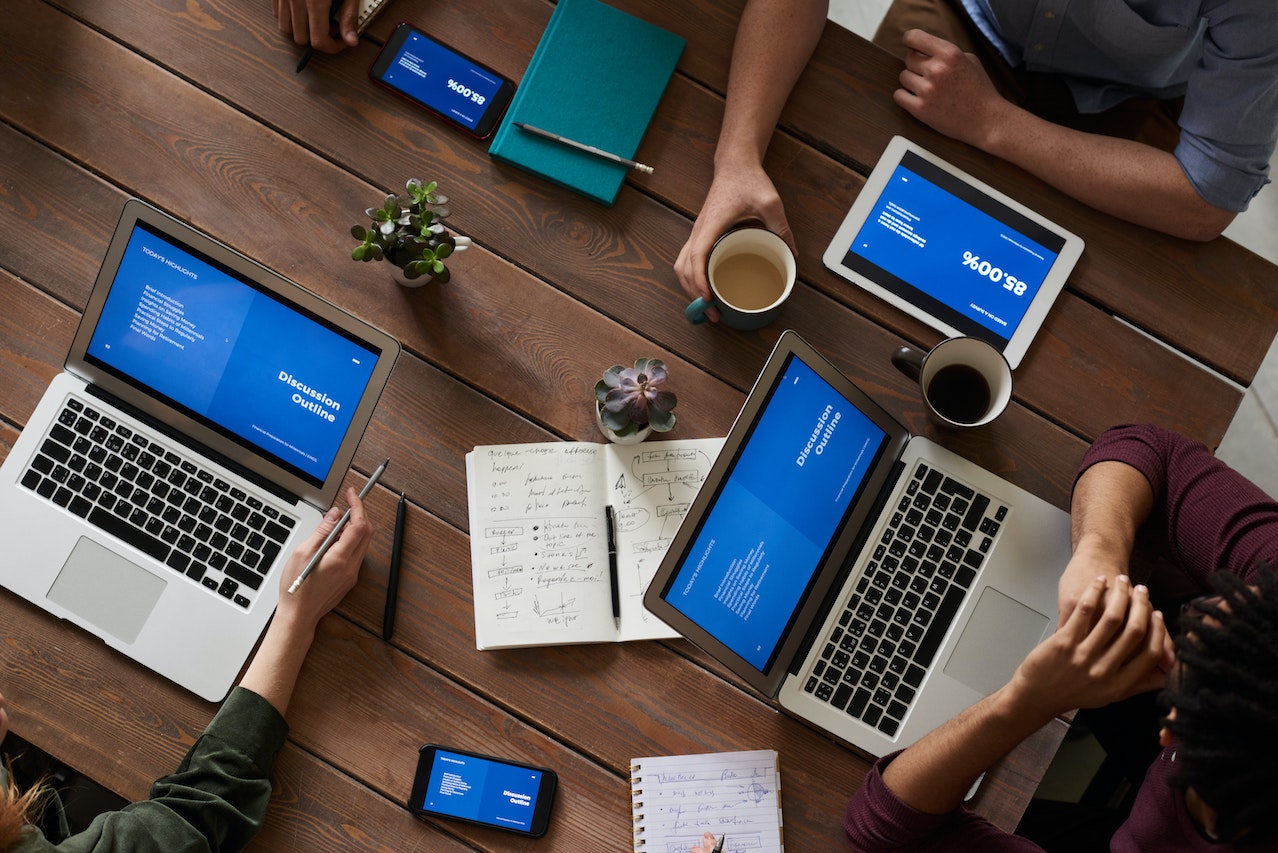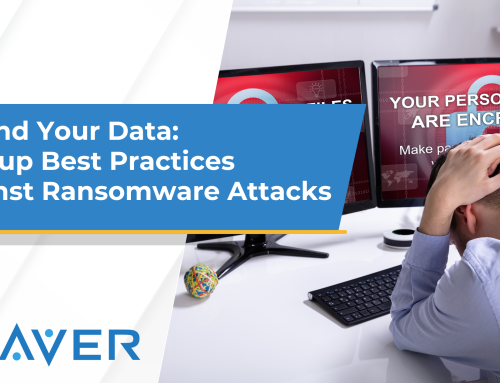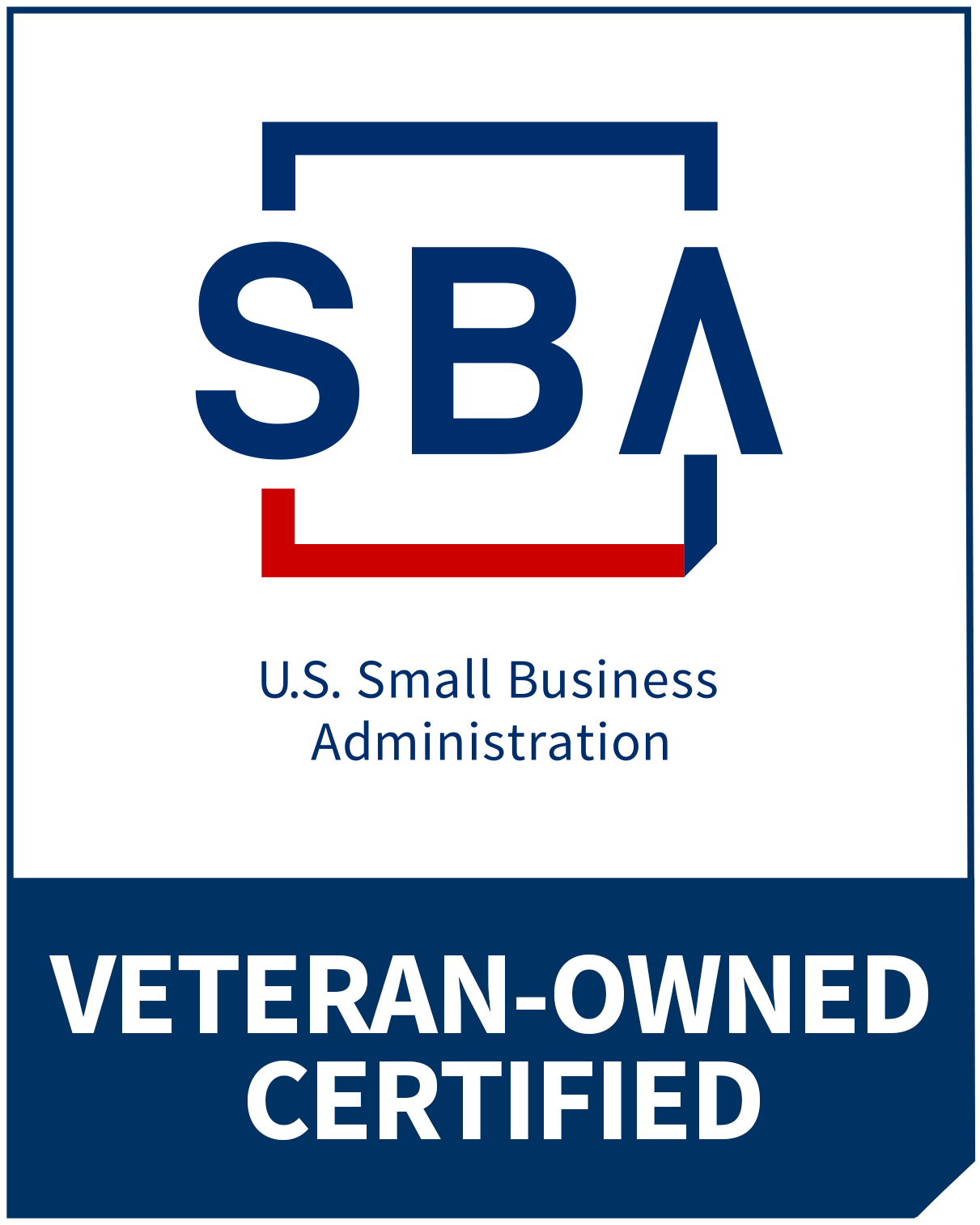By 2023, most people have been exposed to multi-factor authentication (MFA) through apps, websites, or some other form of online services, but do you really understand what MFA is and how it helps to keep you secure?
What is Multi-factor Authentication (MFA)?
In the past, authentication was a simple means of proving identity by entering a unique username and password; however, with the rise of bad actors and cyber-attacks, there is a greater need for increased security. Introducing multi-factor authentication. MFA technology requires multiple methods of authentication from independent categories of credentials to verify a user’s identity. The goal of MFA is to create a layered defense that makes it more difficult for unauthorized parties to access sensitive data and applications.
Authentication Criteria
What you know
Password
Pin
What you have
Laptops
Smartphones
Email Addresses
Key Fob
Who you are
Fingerprints
Retinal Scans
Voice Recognition
Facial Recognition
Your Location
Time
Location
Why is MFA important?
To put it simply, MFA is important because makes it harder for bad actors to gain access to your sensitive data and information. Traditional username and password combinations no longer provide the amount of security necessary to protect from hackers (no matter how many times you update your password). Hackers now have password-cracking software that allows them to try thousands of number and letter combinations until they find the right password and cracking your username is often as simple knowing your email address. Employing several forms of criteria for verifying identity is the best way to stay ahead of cybercriminals and secure your personal information.
What is the difference between Two-Factor Authentication (2FA) and MFA, and which is better?
The difference between MFA and 2FA is exactly what the name suggests. Two-factor authentication relies on two of the above criteria to verify a user’s identity while MFA could involve two or more.
If you have a Gmail account, you are probably familiar with 2FA, as this is Google’s primary method of authentication. Consider what a hacker might have access to if they were able to gain entry to your Google account: calendars, emails, and a host of other apps connected to your Google account. Two-factor authentication provides an extra-layer of protection that is far superior to single-factor authentication (SFA).
Conversely, Microsoft, uses MFA technology and reports that it is effectively able to block 99.9% of cyberattacks. One might conclude that since two is better than one, then three or more must be better than two. In terms of security, they would be correct, but there is evidence to show that some users prefer a more frictionless experience over security. The answer to the debate is that both 2FA and MFA are better than SFA but deciding which is best for your organization depends on what you value more: security or user experience.
| Pros of MFA | Cons of MFA |
|---|---|
|
|
Multi-Factor Authentication is included with our Managed Services
Weaver Technologies provides MFA services as a part of our 3 different Managed Service packages. The Multi-Factor Authentication management by Weaver Technologies:
- Protect your systems with multiple layers of security
- Minimize the risk of unauthorized access
- Customize user access based on location
- Easily manage access for different user profiles
- Get support with configuring and managing multifactor authentication (MFA)







